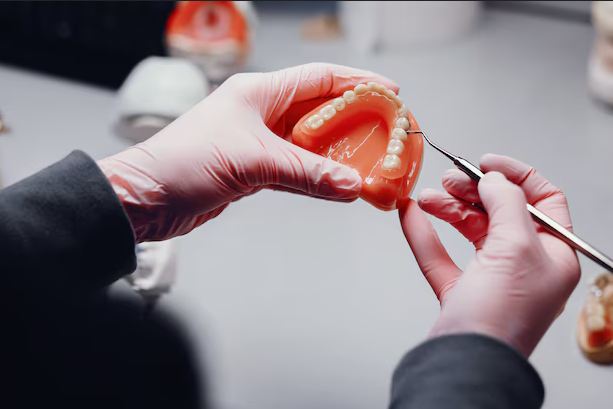Composite bonding is a popular cosmetic dental procedure that can enhance the appearance of your smile. This technique involves applying a tooth-colored resin to improve the shape, color, and overall aesthetics of your teeth. In this article, we will explore what composite bonding is, its benefits, the procedure involved, and aftercare tips.
What is Composite Bonding?
Composite bonding is a dental procedure that uses a durable, tooth-colored resin material to fix various dental imperfections. It can address issues such as:
- Chips and cracks: Repairing minor damages to teeth.
- Discoloration: Covering stains or discoloration.
- Gaps: Filling spaces between teeth.
- Misshapen teeth: Reshaping teeth to enhance their appearance.
The resin used in composite bonding is versatile and can be molded to match the natural color of your teeth, making it an effective solution for many cosmetic concerns.
Benefits of Composite Bonding
Composite bonding offers several advantages, making it a preferred choice for many patients:
- Minimally Invasive: The procedure typically requires little to no removal of the tooth structure, preserving more of your natural tooth.
- Cost-Effective: Compared to other cosmetic procedures, composite bonding is often more affordable, making it accessible to a wider range of patients.
- Quick Results: The procedure can usually be completed in a single visit, providing immediate results.
- Natural Appearance: The resin can be closely matched to the color of your natural teeth, resulting in a seamless look.
- Durability: Composite materials are strong and can withstand normal chewing forces, although they may not be as durable as other materials like porcelain.
- Reversible: If necessary, composite bonding can be removed or replaced without permanent alteration to the tooth.
The Composite Bonding Procedure
Understanding the steps involved in composite bonding can help alleviate any concerns about the process. Here’s a breakdown of what to expect during your visit:
- Consultation: Your dentist will evaluate your teeth and discuss your aesthetic goals. They may take X-rays to determine the best approach.
- Preparation: The tooth needing treatment is prepared. This may involve roughening the surface to help the bonding material adhere better.
- Application of Bonding Material: The dentist applies the composite resin in layers, shaping and molding it to achieve the desired look.
- Curing: A special light is used to harden the resin, ensuring it bonds securely to the tooth.
- Final Adjustments: Once the resin is set, the dentist will make any final adjustments, including polishing the surface for a natural sheen.
- Post-Procedure Care: Your dentist will provide guidelines on how to care for your bonded teeth.
Aftercare Tips for Composite Bonding
To maintain the longevity and appearance of your composite bonding, consider the following aftercare tips:
- Maintain Good Oral Hygiene: Brush your teeth at least twice a day and floss daily to prevent decay around the bonded area.
- Avoid Staining Foods: Limit consumption of foods and beverages that can stain your teeth, such as coffee, red wine, and berries.
- Regular Dental Check-ups: Schedule routine visits to your dentist to monitor the condition of your bonding and catch any issues early.
- Use a Soft-Bristled Toothbrush: This helps protect both your teeth and the bonding material from wear and damage.
- Avoid Hard Foods: Chewing on ice or hard candies can chip or crack the bonding material.
- Wear a Mouthguard if Necessary: If you grind your teeth at night, using a mouthguard can protect your bonding from excessive wear.
Common Questions About Composite Bonding
How Long Does Composite Bonding Last?
Composite bonding can last several years with proper care, typically ranging from 5 to 10 years. Regular dental check-ups can help extend its lifespan.
Is Composite Bonding Painful?
The procedure is generally painless. Local anesthesia may be used if significant tooth preparation is required, but many patients find it comfortable.
Can Composite Bonding Be Whitened?
Unlike natural teeth, composite resin cannot be whitened. If you undergo teeth whitening treatments, you may need to consider replacing the bonding to match the new color of your teeth.
What Should I Do if My Bonding Chips or Cracks?
If your composite bonding is damaged, contact your dentist. They can assess the situation and repair or replace the bonding as needed.
Conclusion
Composite bonding is an effective, cost-efficient method for enhancing your smile with minimal invasiveness. By understanding the procedure, its benefits, and proper aftercare, you can make informed decisions about your dental health. If you’re considering this treatment, consult with a dental professional to discuss your options and achieve the brighter, more confident smile you desire. With its quick results and natural look, composite bonding is a valuable tool in cosmetic dentistry that can help you achieve your aesthetic goals without extensive procedures.





Comments